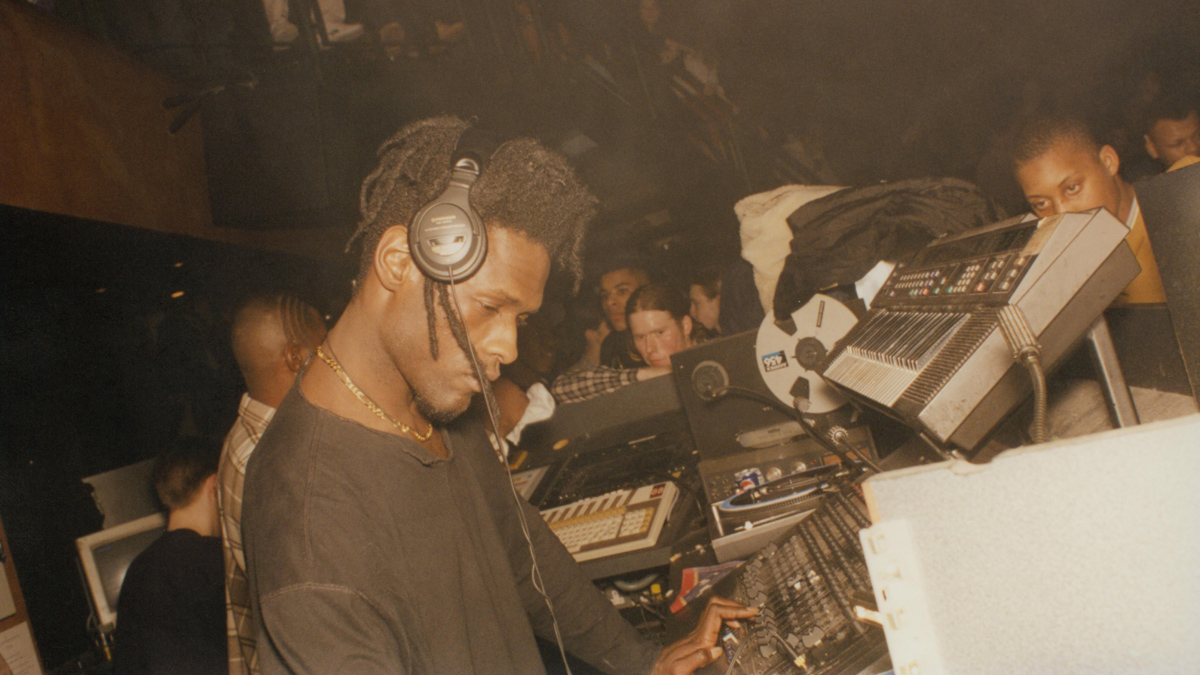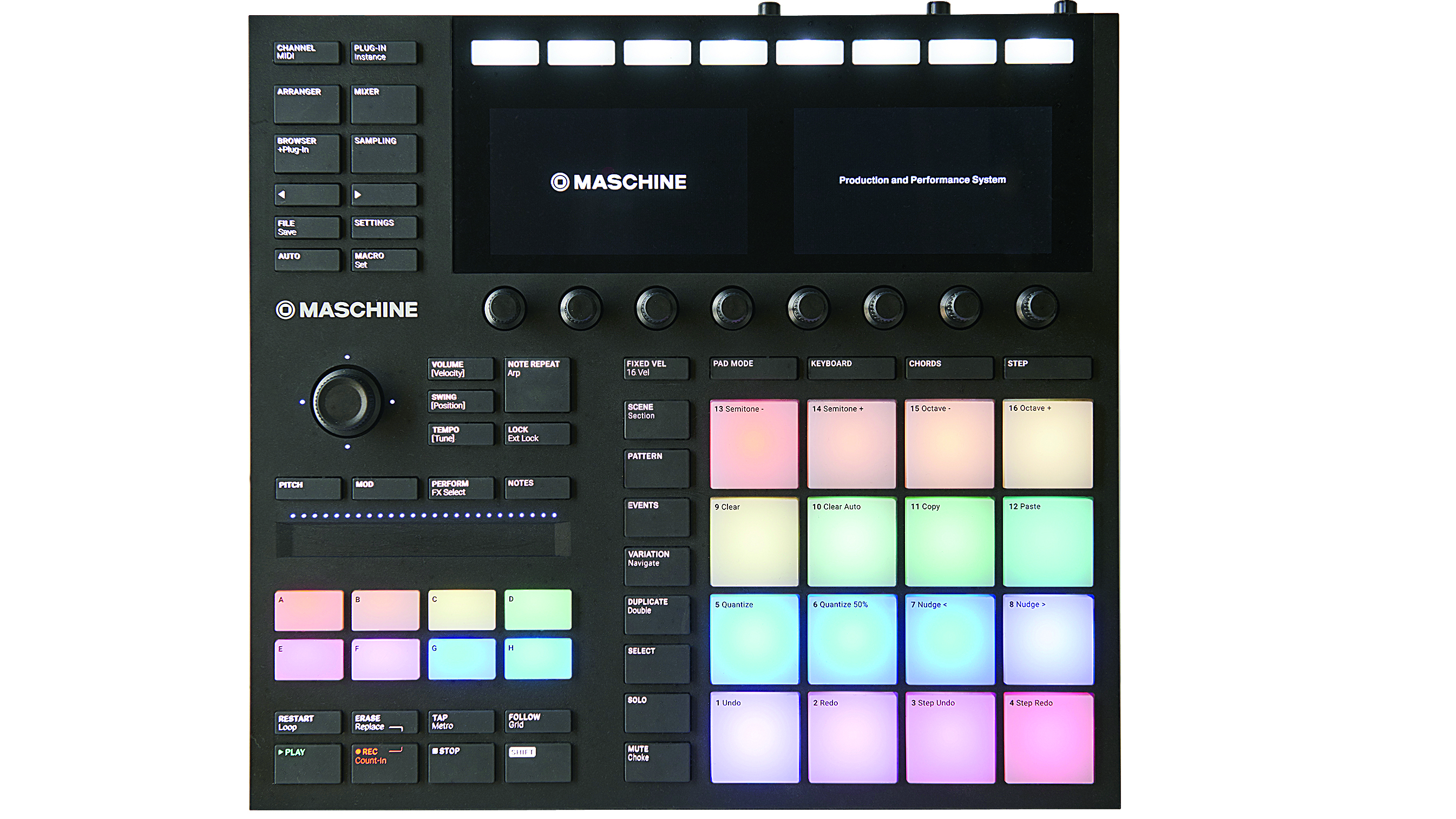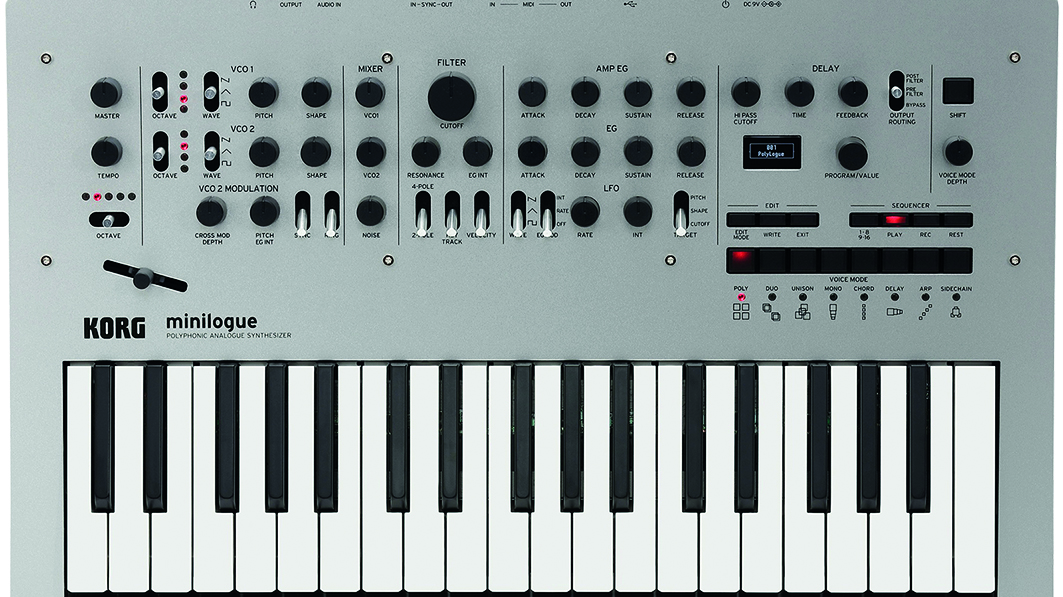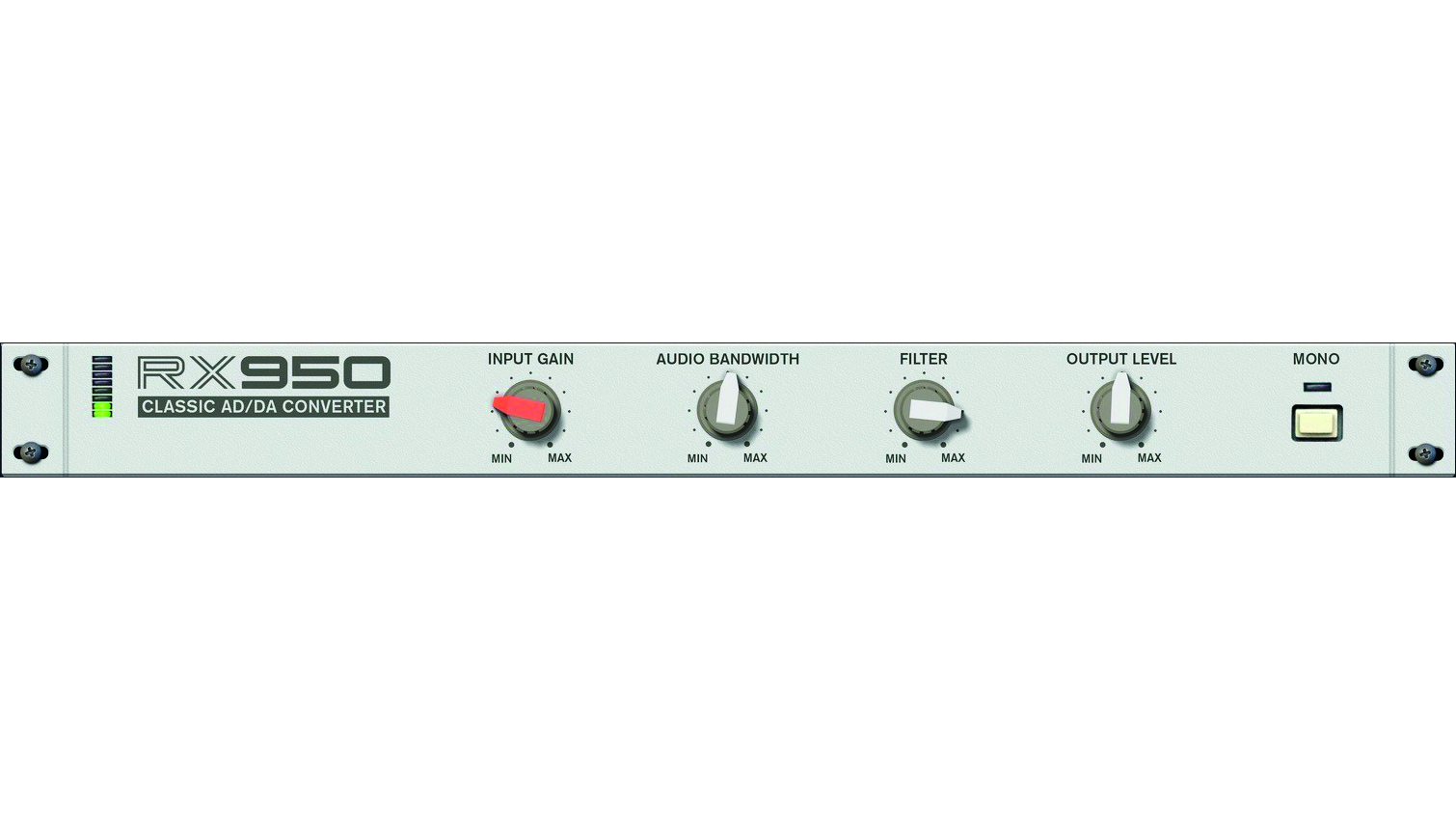Everything you need to know about: Liquid Drum & Bass
The story of a mellow D&B subgenre with a focus on atmosphere, melody and subtle synth work

A round the turn of the millennium, legendary D&B DJ Fabio coined a phrase to describe an emerging style of music. ‘Liquid funk’, as he called it, was characterised by its melodic approach, mellow instrumentation and smooth, soulful vibes.
Almost immediately, the style became recognised as a subgenre in its own right, commonly referred to as liquid drum & bass or simply liquid. In the following couple of decades, whole labels, compilation album series and even festivals have sprung up around the sound.
By the time of liquid funk’s emergence, drum & bass had already been around for the best part of a decade, having evolved from hardcore and jungle in the early ’90s. Over the course of that period, the scene had splintered on a number of occasions, as various different sounds emerged - some heavier, some lighter, some more intellectual, some more rough and ready.
In many ways, liquid was a reaction to the darker and more aggressive sounds that had become increasingly popular in the mid to late ’90s. Producers began focusing on atmosphere and melody more than rowdy basslines and rough drum chopping, creating rolling tracks with a more subtle head-nodding vibe and delicate, enticing synths.
In many ways, liquid was a reaction to the darker and more aggressive sounds that had become increasingly popular in the mid to late ’90s.
It’s probably not surprising that the rise of liquid coincided with the rapid development of virtual instruments and increasingly affordable music software. Computer sampling and synthesis options opened up massively over the early 2000s, allowing producers to do things that would have been fiddly or impossible in hardware.
You could (and some producers do) make liquid using a strictly hardware-only setup, perhaps based around an MPC or similar standalone sequencer, but in reality it’s easier and quicker to sample and manipulate sounds in a DAW. Even back in the day, when all the breakbeat chopping and synth resampling was done on hardware samplers, most would have used a computer to sequence them.
It’s a quirk of drum & bass that producers tend to move between styles more than you’d find in other genres, but some of the names most closely associated with liquid over the years include early pioneer Calibre and the sadly departed Marcus Intalex, more recent newcomers like Alix Perez, plus scene veteran LTJ Bukem. The latter’s label, Good Looking Records, became a hotbed for liquid - in retrospect, some of his earlier work, such as his 1992 remix of Apollo Two’s Atlantis (I Need You), could be seen as proto-liquid, exhibiting characteristics of the sound long before the genre got a name.
Get the MusicRadar Newsletter
Want all the hottest music and gear news, reviews, deals, features and more, direct to your inbox? Sign up here.
Other key labels include Dutch liquid giants Liquicity, London-based Hospital Records (home to the likes of High Contrast and Netsky over the years), and of course, Goldie’s ever-reliable Metalheadz, whose eclectic roster includes liquid hero Lenzman alongside plenty of heavier producers.
Liquicity themselves are some of the most fervent flagbearers for the liquid sound, launching as a YouTube channel in 2008 and now releasing records and compilations, plus running an annual three-day festival in the Dutch countryside a few miles north of Amsterdam.
There’s not really such a thing as a typical liquid studio setup or production approach. By way of contrast, Alix Perez uses a heavily hardware-based setup (albeit largely based around sampling, processing and arranging in Logic), while Lenzman works mainly in the box. That’s one thing that makes liquid such an exciting style to listen to, as well as to produce: there’s a freedom that allows you to get creative within very broad parameters. This contributes hugely to the style’s enduring popularity.
3 great tools for liquid D&B producers

Newcomers to liquid production (and drum & bass in general) would be well advised to focus on learning their chosen DAW and software inside out before considering hardware synths, samplers and drum machines. However, a hardware controller of some kind is undoubtedly helpful when chopping breakbeats, layering and programming drums, manipulating samples and arranging patterns.
NI’s hybrid Maschine is a great option, combining the best of both worlds in a highly creative way. Prices start at $259 for the basic Maschine Mikro. As a bonus, the bundled sound content, effects and synths give you a great starting point for getting creative.

Korg Minilogue
You can do plenty with VSTs, but liquid’s focus on silky smooth synths and interesting melodic and harmonic textures means that real analogue synthesis can help to add unique character to your sound.
Ignore the RRP and expect to pay just over £400 street price for this budget favourite from Korg, which can effectively turn its hand to everything from smooth basslines to evolving pads and expressive leads. Either record it straight from the synth, or get freaky with effects and further processing to twist and shape sounds into your own personal style.

Inphonik RX950
In the box, it’s all about experimenting with processing options, effects and resampling. As a cheap way to add a little bit of retro sampler flavour without any of the authentically fiddly ’90s workflow, it’s hard to beat Inphonik’s RX950 plugin, which is based on the classic 12-bit Akai S950 sound. It’s a simple emulation of the hardware’s AD/DA conversion and low-pass filter, but it’s ideal for dirtying up samples.


Future Music is the number one magazine for today's producers. Packed with technique and technology we'll help you make great new music. All-access artist interviews, in-depth gear reviews, essential production tutorials and much more. Every marvellous monthly edition features reliable reviews of the latest and greatest hardware and software technology and techniques, unparalleled advice, in-depth interviews, sensational free samples and so much more to improve the experience and outcome of your music-making.
“Excels at unique modulated timbres, atonal drones and microtonal sequences that reinvent themselves each time you dare to touch the synth”: Soma Laboratories Lyra-4 review
“A superb-sounding and well thought-out pro-end keyboard”: Roland V-Stage 88 & 76-note keyboards review










